The most up-to-date report from the Mexican secretary of the navy states that the Riviera Maya could see up to 3 feet of sargassum buildup this week alone. This is more unwelcome news for travelers on this topic, with the situation showing no signs of letting up in the near future.
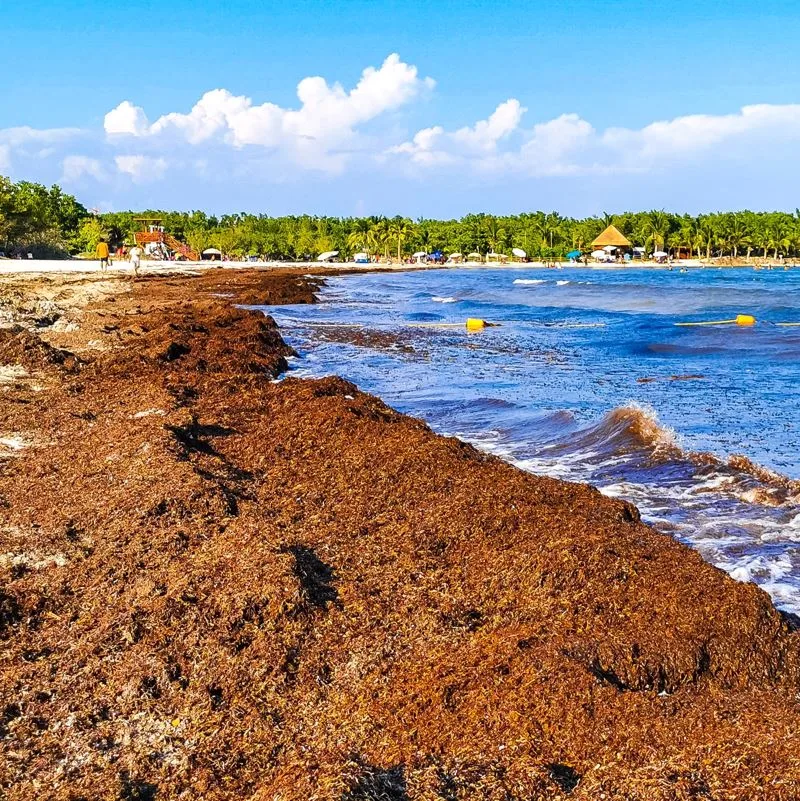
It is estimated that 200 tons of sargassum will wash up on the beaches of the Riviera Maya this week, and while this may sound like a lot, it barely scratches the surface of the estimated 26,000 tons thought to be present in the Caribbean.
So extreme is the expected sargassum build-up that the authorities have labeled this forecast as category 7, which means they expect the beaches to not be usable at all by travelers until clean-up operations finish.
Where Is At Risk
The beach areas thought to be at the highest risk of this sargassum invasion are Playa Del Carmen, Akumal, Punta Herrero, Mahahual, and Isla Cozumel. Although these are the areas named as at risk, the whole coastline of Quintana Roo is preparing for the clean-up effort that will immediately follow.
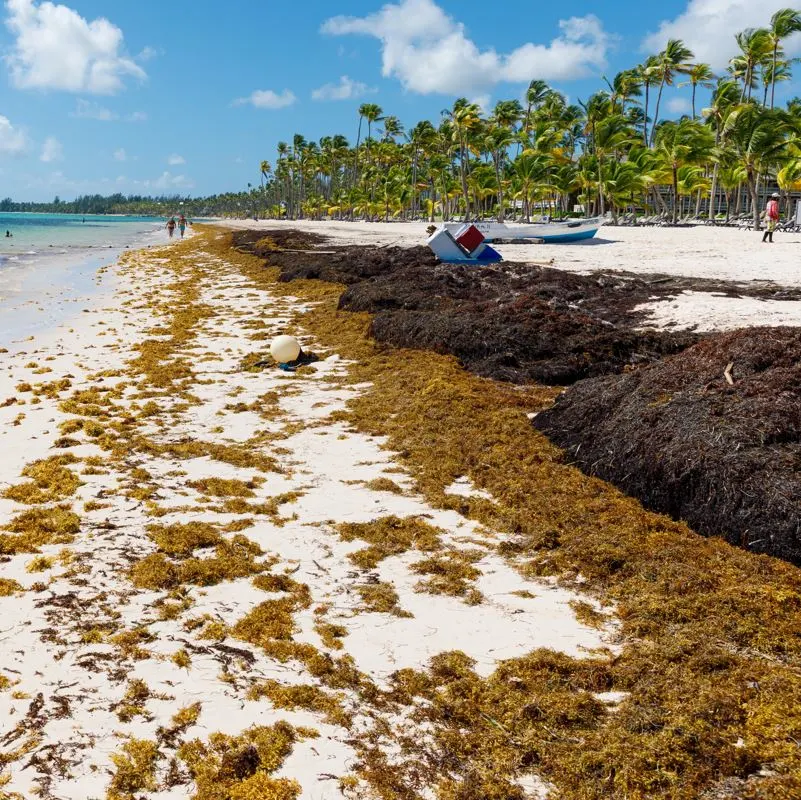
How To Avoid Sargassum-Filled Beaches
While this unwelcome guest is present all throughout the Riviera Maya, areas are affected to different extremes. The resorts have taken proactive steps to try and lessen the impact on travelers by hiring large cleaning teams to remove the sargassum each morning, which is normally done before travelers begin their day of relaxing on the sand but may continue throughout the day as well. Although it should be noted the resorts only clean their section of the beach.
The bad news is the smaller hotels and hostels with beachfront areas don’t have the same financial ability to pay private companies, meaning not all areas undertake daily clean-up operations. The choice of accommodation, therefore, has the potential to directly affect whether or not travelers will be enjoying a beach vacation to the fullest.
Top 5 Travel Insurance Plans For 2023 Starting At $10 Per Week
Easily Earn Points For Free Travel
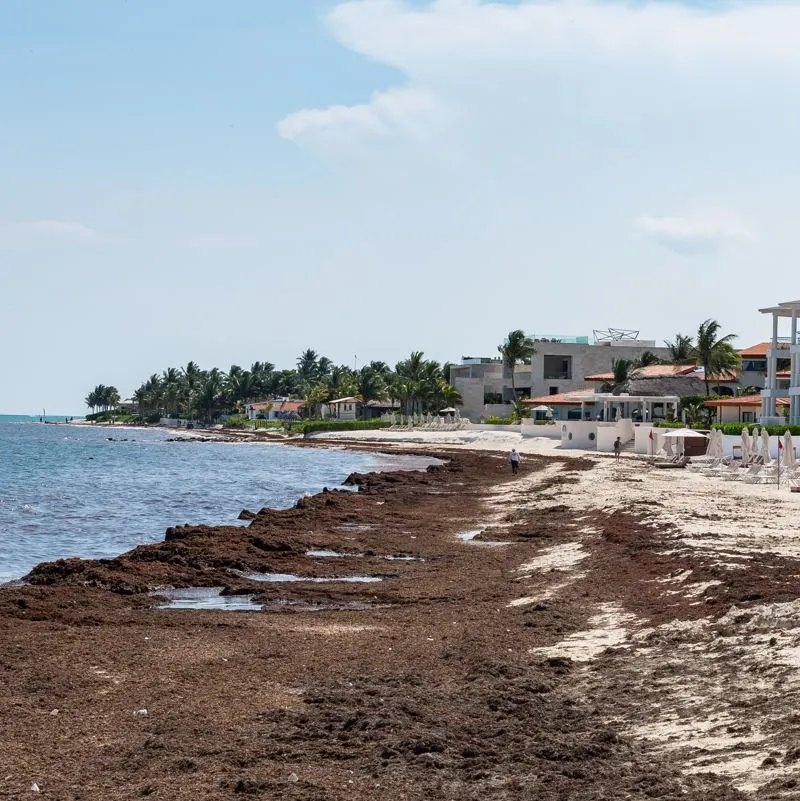
Why Is There So Much Sargassum?
In short, there is no concrete agreement on what exactly is causing the huge increase in sargassum that the Caribbean has seen since first being reported in 2011. The theories most often cited vary in support, with some evening causing controversy; the following two have so far been given the most credit:
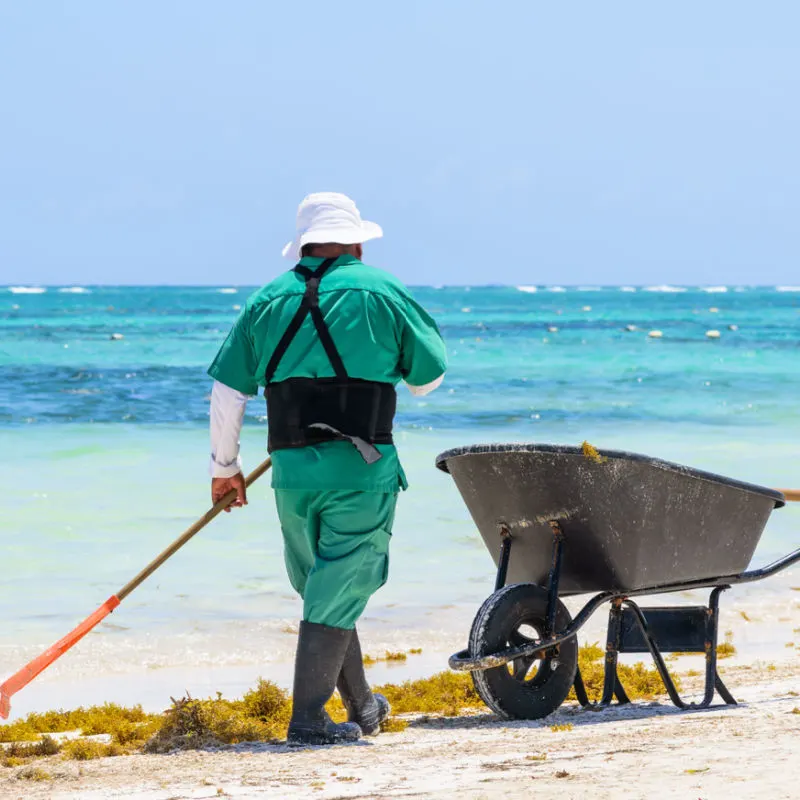
Climate Change
This is the most commonly agreed cause, if not on its own than as an additional factor. The Caribbean has seen a drop in the number of seasonal hurricanes, which are believed to have, in the past, chewed up the sargassum patch that begins out in the Atlantic and dispersed it.
As well as a drop in seasonal hurricanes, the increase in ocean temperatures is believed to have created an even more fertile breeding ground for sargassum. With the warmer waters accelerating growth.
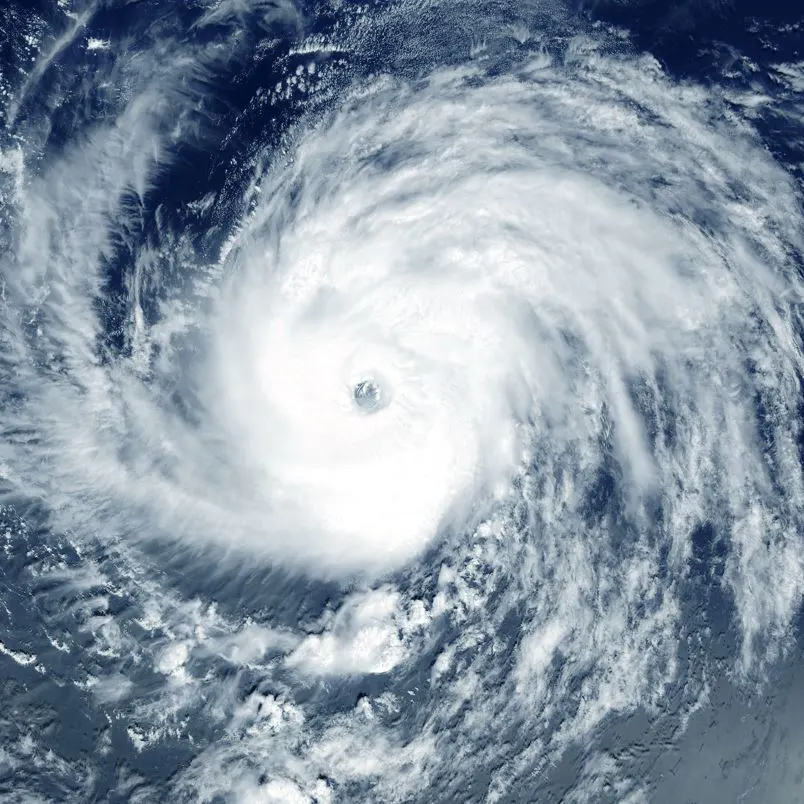
Agricultural Run-Off From Brazil
This is the most controversial named cause of the explosion of sargassum in the Caribbean. But it is one that many scientific experts believe is the true cause. The run-off in question is thought to be fertilizer and sewage from the Amazon River in Brazil. This is essentially continuing its purpose of fertilizing, but on the sargassum in the Caribbean and Atlantic, which historically wasn’t the issue it is now.
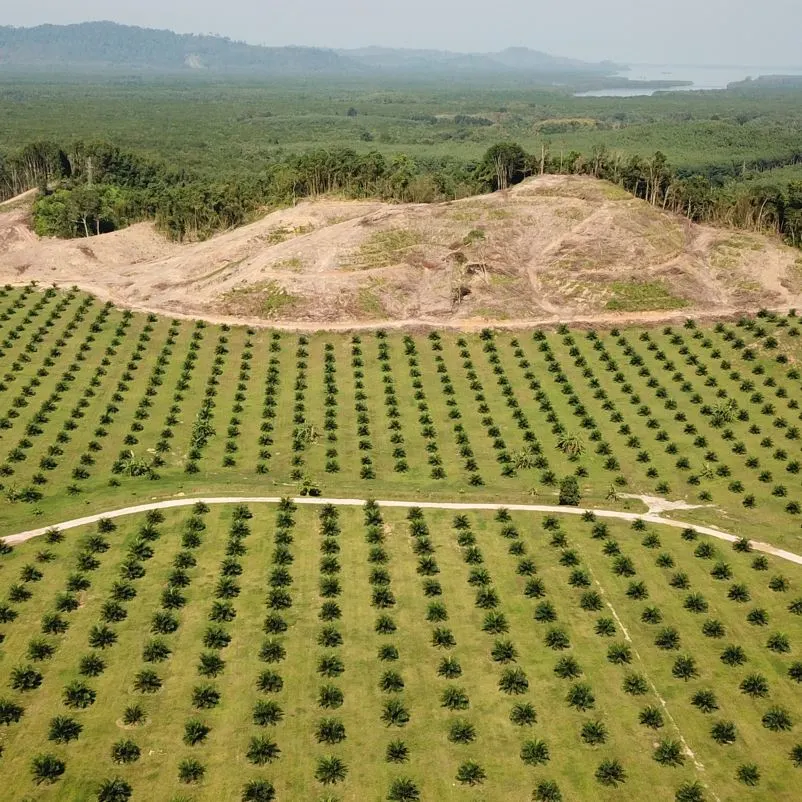
Is It Here To Stay?
Sargassum season has unfortunately become the norm, arriving from April to August each year since 2011, although the arrival of sargassum is getting at times earlier, as seen this season with beaches already dealing with large quantities.
The authorities in Quintana Roo take the situation very seriously, unsurprisingly, since tourism alone makes up 87% of the state GDP. The normally pristine white-sand beaches and crystal-clear water are a huge draw for tourists to the area, which is now at risk for almost half of the year.
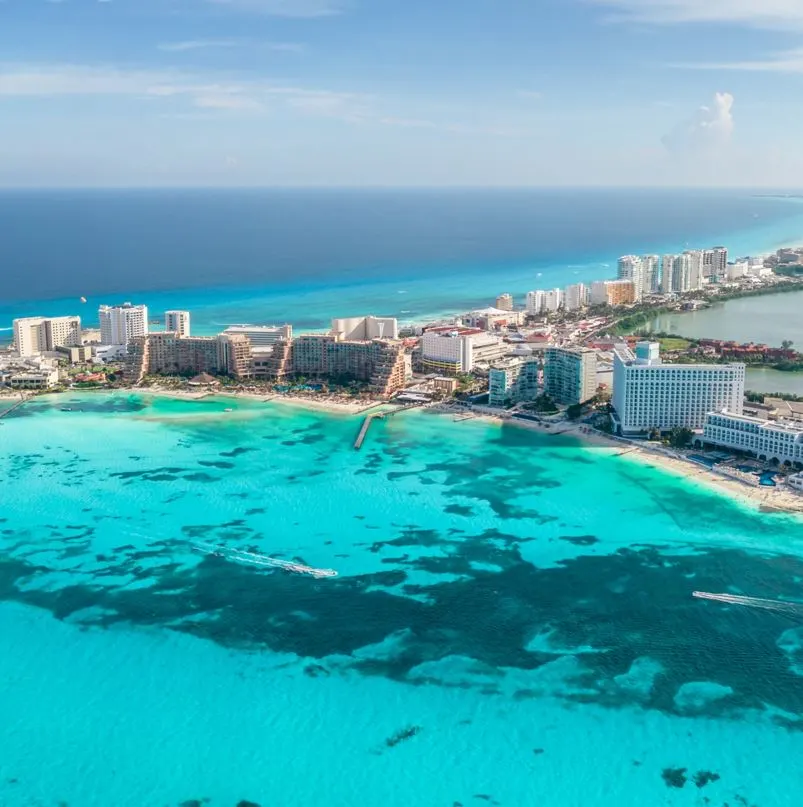
Many initiatives have been put into action. While the resorts and hotels deal with the sargassum that washes up on their beachfronts, the government has installed huge barrier structures out at sea to divert as much as possible. On top of this, the state employs multiple specialist vessels that use equipment to catch large patches of sargassum and drag it to tidal areas that move it further out to sea naturally.
Plan Your Next Cancun Vacation:
Traveler Alert: Don’t Forget Travel Insurance For Your Next Trip!
Choose From Thousands of Cancun and Riviera Maya Hotels, Resorts and Hostels with Free Cancellation On Most Properties
↓ Join the community ↓
The Cancun Sun Community FB group has all the latest travel news, conversations and tourism Q&A’s for the Mexican Caribbean

Subscribe to our Latest Posts
Enter your email address to subscribe to The Cancun Sun’s latest breaking news affecting travelers, straight to your inbox.

Carlos
Sunday 2nd of April 2023
On April 20, 2010, the oil drilling rig Deepwater Horizon, operating in the Macondo Prospect in the Gulf of Mexico, exploded and sank resulting in the death of 11 workers on the Deepwater Horizon and the largest spill of oil in the history of marine oil drilling operations. I believe this is the most reasonable explanation for the sargasso to die and then being released to the gulf currents.